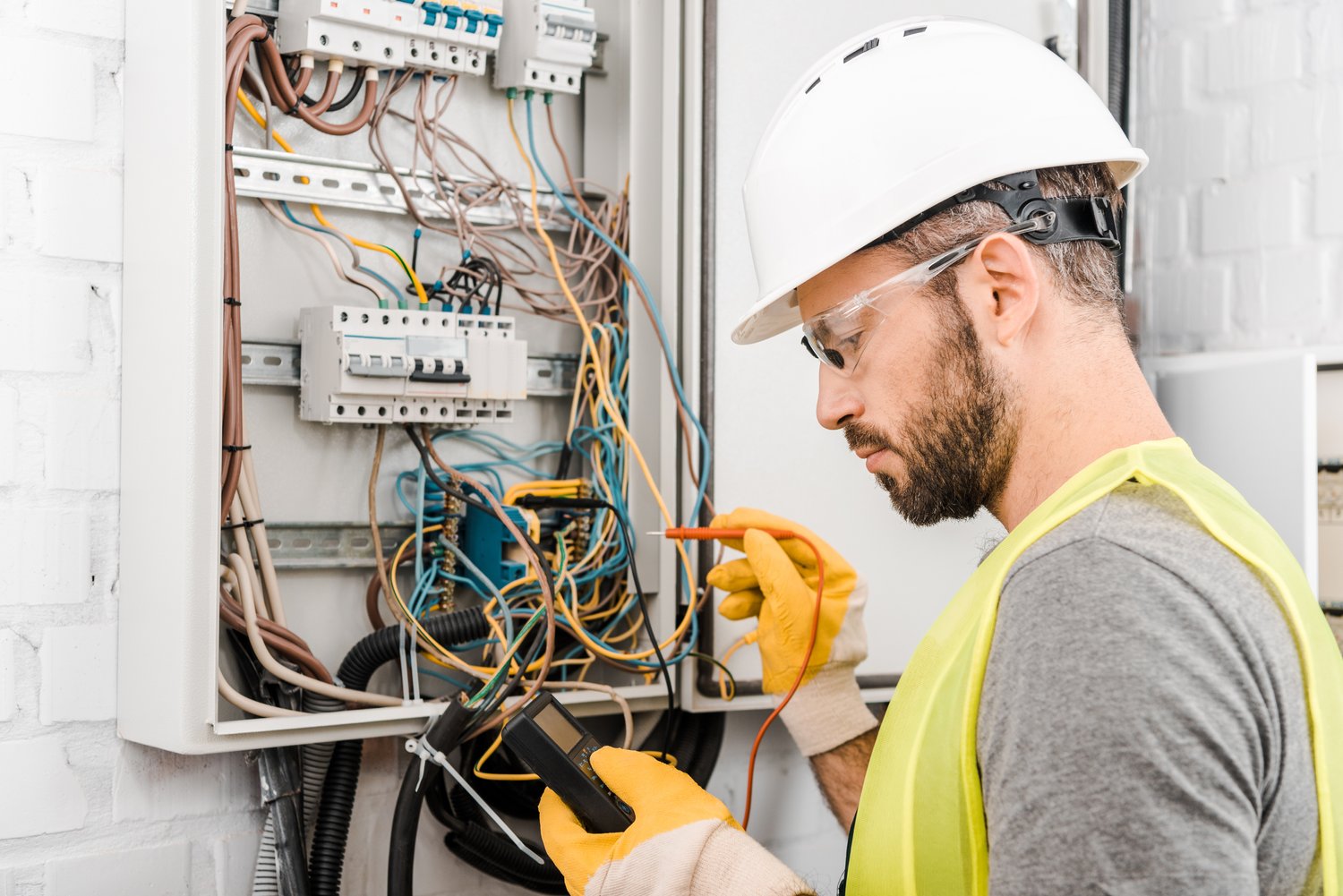Your home’s electrical system powers modern convenience, but it can also pose serious risks when improperly maintained or used. Understanding fundamental home electrical safety principles isn’t just recommended—it’s essential for protecting your family and property from potential disasters. This guide covers common electrical hazards you might encounter, practical safety tips for everyday use, and important maintenance practices that can prevent dangerous situations before they develop.
Understanding Common Electrical Hazards
Most homes contain numerous potential electrical hazards that go unnoticed until a problem occurs. Overloaded circuits represent one of the most prevalent issues in modern households. When you connect too many devices to a single outlet or circuit, the wiring can overheat, potentially damaging insulation and creating fire risks. Similarly, damaged or frayed cords pose significant dangers, as exposed wiring can cause shocks, burns, or start fires when touched or placed near flammable materials.
Water and electricity create a particularly lethal combination. Never handle electrical appliances with wet hands, and keep electrical devices away from sinks, bathtubs, and other water sources. Even small amounts of moisture can conduct electricity and deliver potentially fatal shocks. Extension cords, while useful temporarily, present hazards when used as permanent solutions. They can create tripping hazards, sustain damage from foot traffic, and potentially overload when multiple high-draw appliances are connected.
Another significant risk comes from outdated electrical systems in older homes. These systems weren’t designed to handle today’s electrical demands, potentially creating dangerous situations when modern appliances are used. If your home is over 40 years old and hasn’t had electrical updates, consider consulting a professional electrician to evaluate your system’s safety.
Essential Safe Electricity Use Practices
Implementing consistent safe electricity use habits significantly reduces risk in your home. Always unplug appliances when not in use, particularly items like toasters, coffee makers, and hair styling tools that generate heat. This practice not only saves energy but eliminates the possibility of electrical malfunctions when the items aren’t being monitored.
Teach children about electrical safety from an early age. Explain the dangers in age-appropriate terms and demonstrate proper behaviors. Install tamper-resistant outlets in areas accessible to young children to prevent them from inserting objects into electrical sockets. These specialized outlets have internal shutters that only open when proper plugs are inserted.
Pay attention to warning signs of electrical problems. Frequently tripping circuit breakers, flickering lights, buzzing sounds from outlets, or warm switch plates all indicate potential issues requiring immediate attention. Don’t ignore these signs, as they often precede more serious electrical failures or fires.
When purchasing electrical products, verify they’ve been tested by recognized safety certification organizations. Look for labels from UL (Underwriters Laboratories), ETL (Intertek), or CSA (Canadian Standards Association) to ensure the products meet safety standards. As experts at AskHomey recommend, using certified products is one of the simplest ways to prevent electrical hazards in your home.
Maintenance Practices to Prevent Electrical Hazards
Regular maintenance plays a crucial role in home electrical safety. Schedule periodic inspections of your electrical system by qualified professionals, especially if your home is older or you’ve added major appliances recently. These inspections can identify potential problems before they become dangerous.
Test your ground fault circuit interrupter (GFCI) outlets monthly by pressing the “test” button, then the “reset” button. These specialized outlets, typically found in kitchens, bathrooms, and outdoor areas, are designed to shut off power when they detect current leakage and prevent severe shocks. If they don’t function properly during testing, replace them immediately.
Keep the area around your electrical panel clear and accessible. Know where your panel is located and how to shut off power in an emergency. Label circuits clearly so you can quickly identify which breaker controls which area of your home. This preparation can save critical moments during an electrical emergency.
Regularly check your smoke detectors and consider installing additional detectors specifically designed to identify electrical fires. These specialized detectors can sense the unique signatures of electrical fires before they spread, providing crucial early warning. Replace batteries in all detectors according to manufacturer recommendations, typically at least once yearly.
What To Do In An Electrical Emergency
Despite the best prevention efforts, electrical emergencies can still occur. Know how to respond appropriately to protect yourself and your family. If you smell burning plastic or see smoke coming from an outlet or appliance, immediately shut off power at the breaker panel and call emergency services. Never use water to extinguish an electrical fire—instead, use a Class C fire extinguisher specifically rated for electrical fires.
If someone receives an electrical shock, do not touch them if they’re still in contact with the electrical source. First, shut off power, then call for emergency medical assistance. Even if the person appears fine, medical evaluation is essential as electrical shocks can cause internal damage not immediately apparent.
For more tips and to connect with reliable home service professionals, follow AskHomey on Facebook and Instagram.



